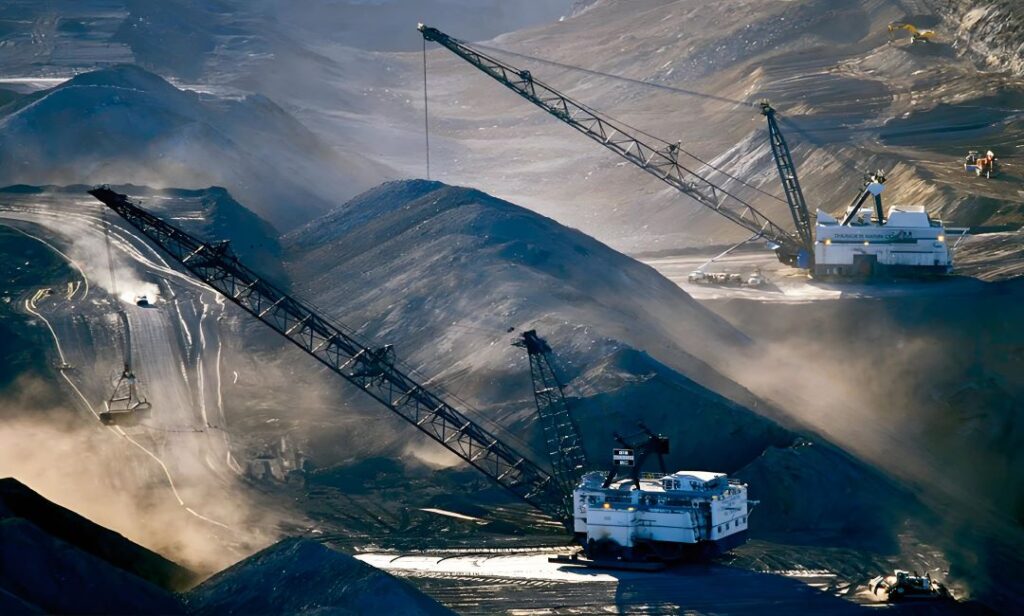Mining machines are sophisticated pieces of equipment used in the extraction of minerals, coal, and other valuable resources from the earth. These machines are designed to efficiently remove and process large volumes of earth and rock, often in challenging environments.

Here’s a general overview of how a typical mining machine operates:
1. Excavation
The process begins with excavation, where the machine removes the overburden (the layers of soil and rock that cover the resource). This is often done by large excavators, which use a boom, arm, and bucket to dig into the ground. The excavator’s bucket can scoop up large quantities of material at a time, which is then loaded onto trucks or conveyors for transport.
2. Drilling
In some cases, drilling is necessary to create holes for blasting. Drill rigs are used to bore holes into the rock. These holes are then filled with explosives, which are detonated to break the rock into smaller, manageable pieces.
3. Loading and Hauling
Once the material is broken down, it needs to be loaded onto trucks or conveyor belts. Large loaders, such as front-end loaders or wheel loaders, are used for this purpose. They can scoop up and move large amounts of material quickly. Haul trucks, which are massive vehicles capable of carrying hundreds of tons, then transport the material to processing plants or stockpiles.
4. Processing
The extracted material is then processed to separate the valuable resource from the waste material. This can involve crushing the material to smaller sizes, washing it to remove impurities, and using various chemical or mechanical processes to concentrate the resource. For instance, in coal mining, the coal is often washed to remove impurities and improve its quality.
5. Refining
After the primary processing, the resource might need further refining. This is particularly true for metals and other minerals. Refining can involve smelting (heating the ore to extract the metal), electrolysis (using electricity to separate metals from their ores), or other specialized processes.
6. Reclamation
Finally, once the resource has been extracted and processed, the land must be reclaimed. This involves restoring the land to a stable and safe condition, often by replacing the topsoil and planting vegetation to prevent erosion and support the local ecosystem.
Mining machines are designed with specific functions in mind, and they are often customized for the particular resource and environment they are working in. They are a critical part of the mining industry, enabling the efficient and effective extraction of resources that are essential for modern life.





